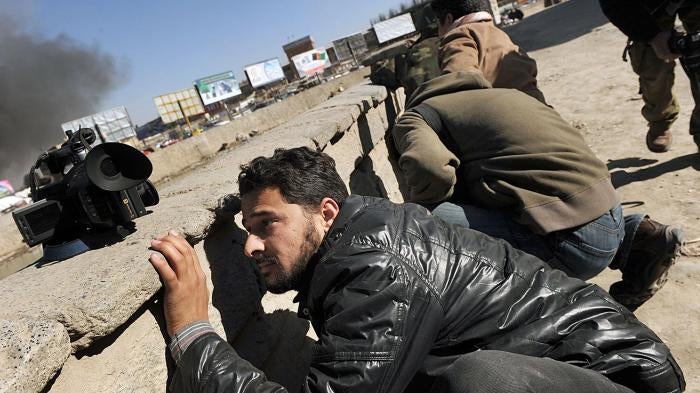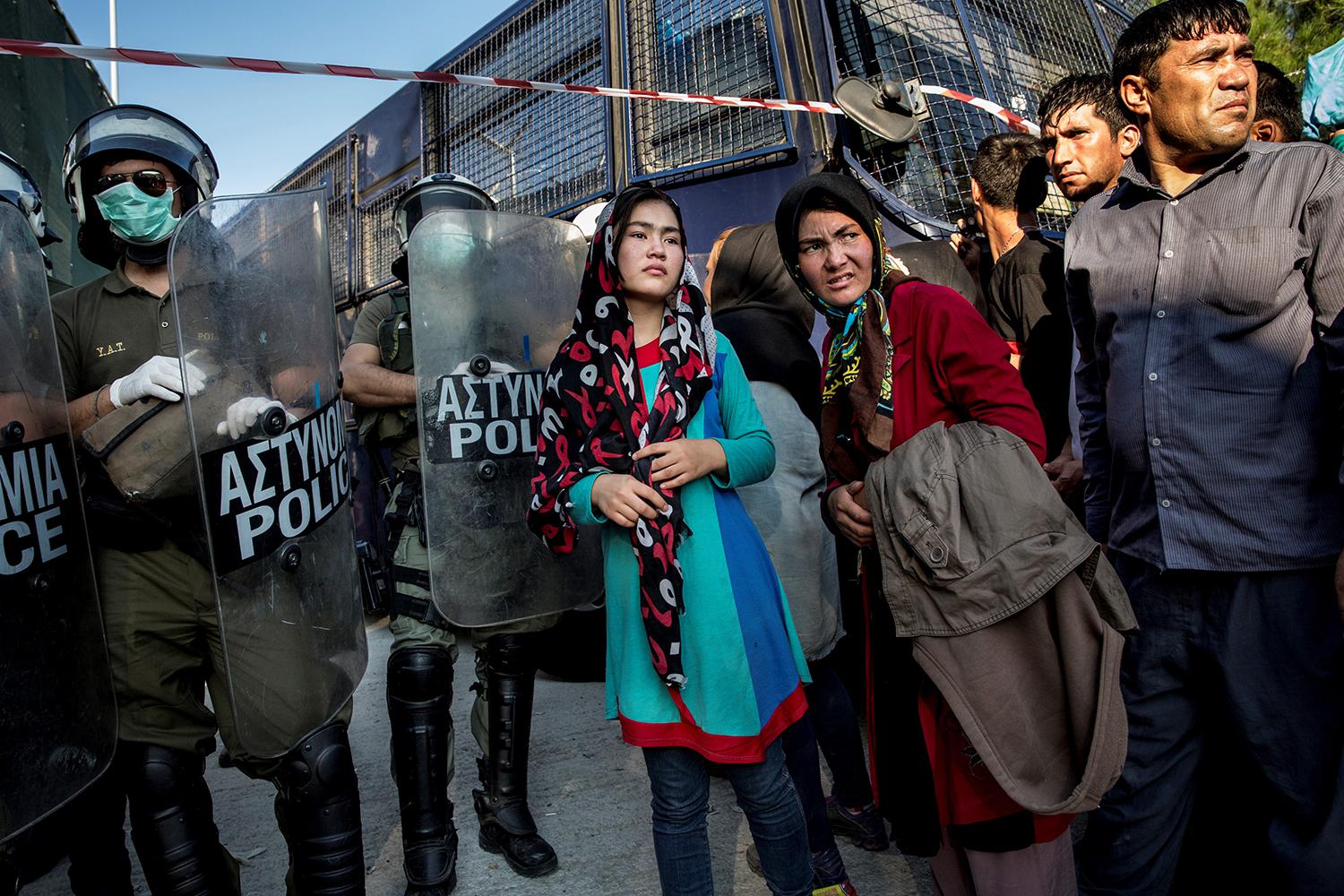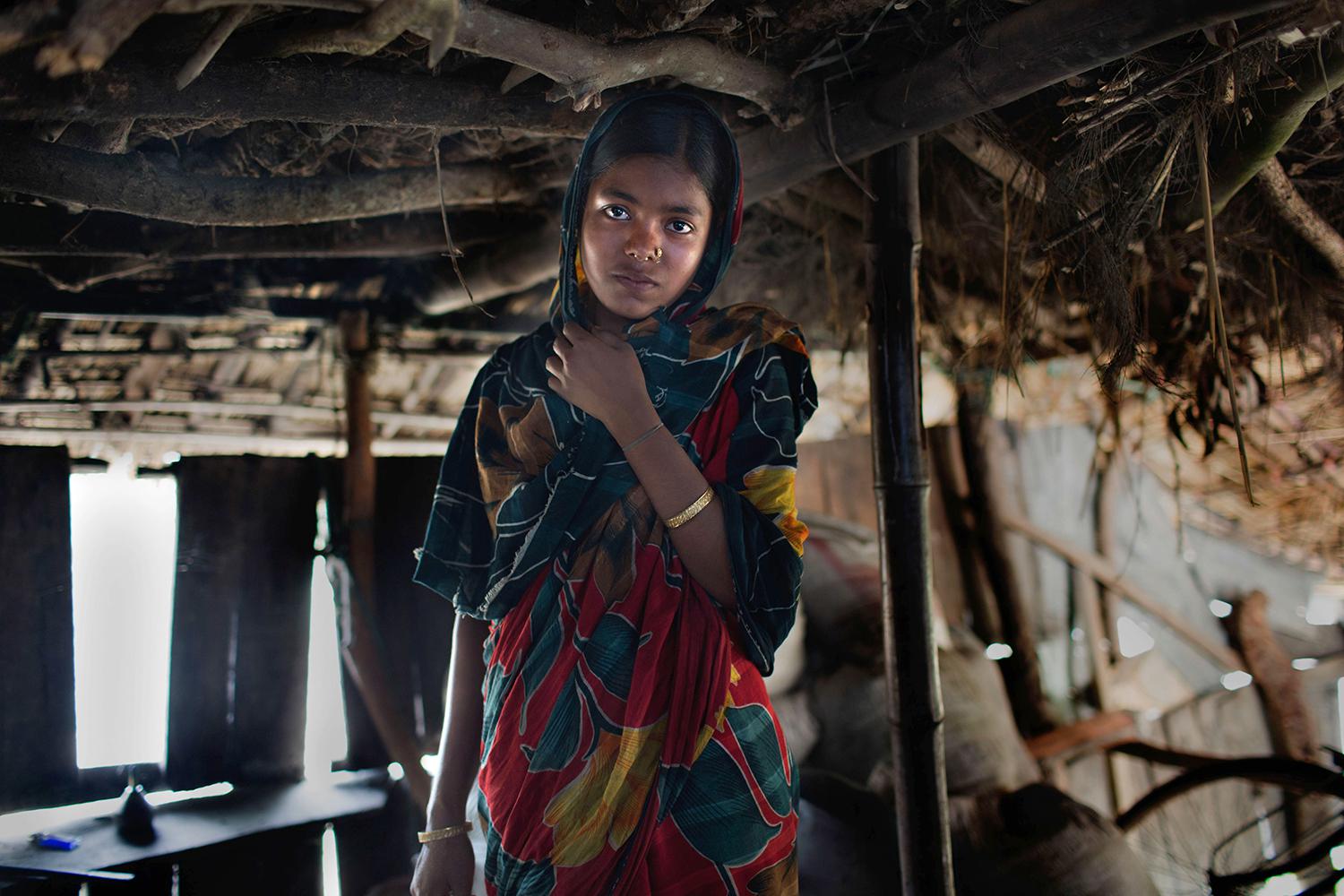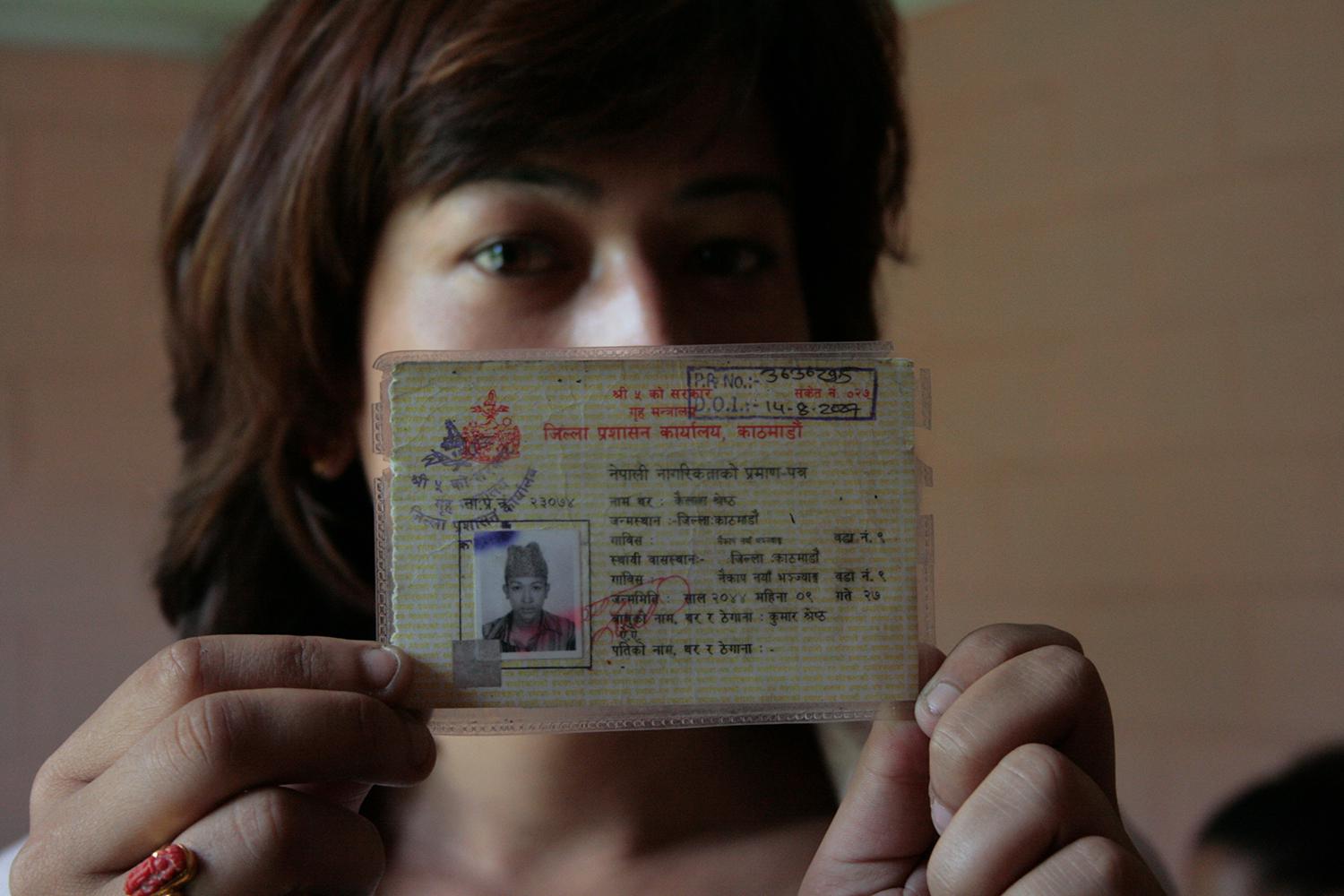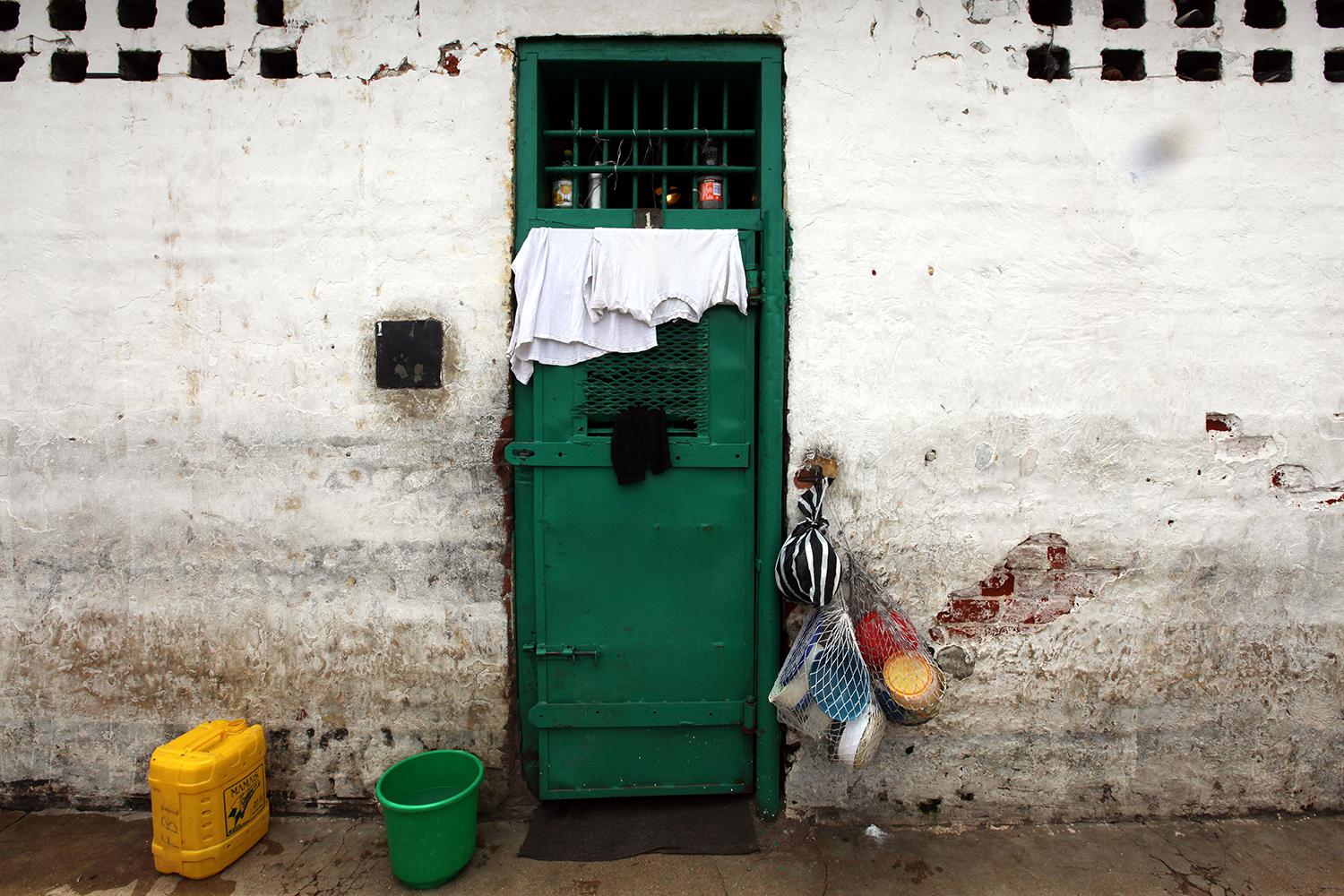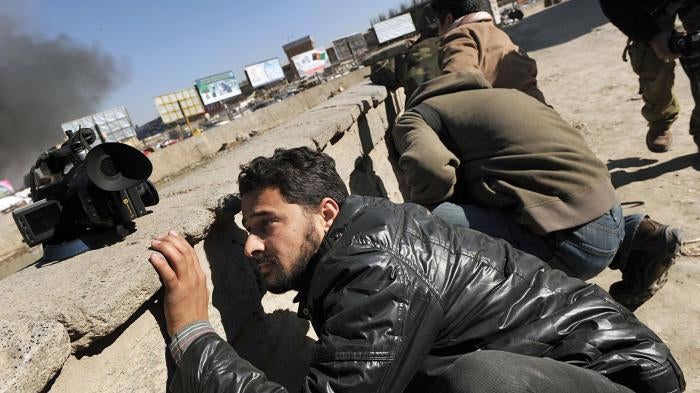Fighting between the Taliban and government forces in Afghanistan escalated in 2015, with the Taliban seizing control of Kunduz and holding the city for nearly two weeks before Afghan National Security Forces (ANSF), with United States air and ground support, regained control. The Taliban also seized a number of district centers and threatened other provincial capitals. The United Nations deemed nearly half of the country’s provinces as being at high or extreme risk.
The upsurge in violence had devastating consequences for civilians, with suicide bombings, improvised explosive devices (IEDs), and targeted attacks by the Taliban and other insurgents causing 70 percent of all civilian casualties. The number of civilians killed during government military operations, particularly ground offensives, increased too.
While both President Ashraf Ghani and Chief Executive Abdullah Abdullah publicly affirmed the government’s commitment to human rights, their National Unity Government (NUG) failed to address longstanding concerns, including violations of women’s rights and attacks on journalists. The government launched an action plan to curb torture and enacted legislation criminalizing the recruitment of child soldiers, but impunity for both continued.
Parliamentary and provincial elections scheduled for 2015 were postponed indefinitely pending contested electoral reforms. More people became internally displaced due to conflict than in any previous year since 2002; the 100,000 new IDPs in 2015 brought the nationwide total to almost 1 million.
Armed Conflict
IEDs planted by insurgents remained a leading cause of civilian casualties. Such weapons function as anti-personnel landmines, and their indiscriminate use violates international humanitarian law. Hundreds of Afghan civilians were also killed and injured in suicide attacks.
With the Taliban insurgency appearing increasingly splintered—particularly following revelations that senior Taliban officials had kept the 2013 death of Mullah Omar, the movement’s spiritual leader, a secret—it was impossible to attribute responsibility for many acts of violence.
In Nangarhar province, a group saying it was affiliated with the extremist group Islamic State (also known as ISIS) claimed responsibility for some attacks, although such claims were hard to verify, including an April 18 suicide attack on the Kabul Bank in Jalalabad that killed at least 30 people and injured more than 100. On August 7, insurgent attacks killed 50 people and injured 350 in Kabul, the bloodiest single day in the capital since 2001.
Targeted attacks on civilians by the Taliban also increased in 2015. In statements released in April and May, the Taliban vowed to kill government officials, specifically judges, prosecutors, and employees of the Ministry of Justice. The Taliban also identified Afghans and foreigners working for aid organizations as targets, a policy that helped make Afghanistan the world’s most dangerous country for humanitarian aid workers.
Among those killed were nine Afghan staff members of the organization People in Need, including one pregnant woman, shot on June 2 in Balkh province. On May 13, 14 Afghan and foreign civilians were shot in an attack on the Park Palace guest house in Kabul for which the Taliban claimed responsibility.
Government forces were increasingly responsible for civilian casualties during ground offensives, mainly through the use of mortars and rockets used indiscriminately in civilian-populated areas. During fighting in Helmand in April, most civilian deaths were caused by mortar fire; journalists were blocked from traveling to the area at the time. On August 28, President Ghani issued an order to all security agencies to assess their operating procedures and take steps to reduce civilian casualties.
On February 2, Ghani signed into law a decree criminalizing recruitment by Afghan security forces of soldiers less than 18 years old. However, Afghan Local Police (ALP) and pro-government militias in some provinces continued to recruit children. The Taliban recruited boys as young as 14 to fight and carry out suicide bombings.
The UN also reported a significant increase in attacks against schools between April and June, mostly by the Taliban. Threats from both pro-government militias and insurgents led to school closures in Kunduz, Ghor, and Nuristan. In May, Afghanistan endorsed the global Safe Schools Declaration, thus committing to do more to protect students, teachers, and schools during times of armed conflict, including through implementing the Guidelines on Protecting Schools from Military Use.
As fighting intensified in northern provinces, Afghan officials reactivated pro-government militias to bolster security. In Faryab, Kunduz, and other provinces, these militia forces were accused of abuses against civilians.
The year also saw an increase in abductions and hostage-taking of civilians by insurgent groups, including two incidents in Zabul province: the November 9 kidnapping and killing of 7 civilians, and the February 23 kidnapping of 31 bus passengers, 19 of whom were released, with the fate of the others unknown. In both cases the victims were apparently targeted because they were ethnic Hazaras. Five employees of the nongovernmental organization Save the Children were kidnapped in Uruzgan on March 3 by the Taliban and killed when demands for the release of Taliban prisoners were rejected.
Women’s Rights
When the Taliban took control of Kunduz, they looted the offices of women activists, shelters, and female-run radio stations, and issued threats that compelled dozens of activists to flee the city.
Early in the year, the new Ghani administration publicly affirmed its commitment to preserving and enhancing protections for women’s rights. However, the government failed to take steps to improve enforcement of the Elimination of Violence against Women Law (EVAW) and to stop prosecutions of so-called moral crimes, which lead to imprisonment of women fleeing domestic violence and forced marriages.
A February report by the United Nations Assistance Mission in Afghanistan, UNAMA, concluded that 65 percent of cases filed under EVAW that involved battery and other kinds of serious abuse were resolved through mediation, while only 5 percent led to criminal prosecution.
The March 19 murder of Farkhunda Malikzada, 27, by a Kabul mob after she was falsely accused of burning a copy of the Quran galvanized women’s rights activists, who launched public demonstrations demanding justice. Of the dozens of mostly young men who beat Farkhunda, ran her over, and then lit her on fire, 30 were eventually arrested; an unknown but large number remained at large. The trial was held in haste, and some of the accused alleged that their confessions had been coerced. Of the 30, 18 were acquitted, 4 sentenced to death, and 8 sentenced to 16 years’ imprisonment; the death sentences were later reduced to prison sentences. Of the 19 police charged, 11 were convicted, and 8 acquitted. Eleven police officers were sentenced to one year in prison for failing to protect Farkhunda.
The Afghan parliament delivered another setback to women’s rights on July 8 when it rejected President Ghani’s nominee for the Supreme Court, Judge Anisa Rasouli, head of Kabul’s Juvenile Court and the nation's first-ever female nominee. Conservatives had campaigned against her, saying that a woman could not serve on the Supreme Court. Ghani promised to choose another woman for the post, but by November, no further nominations had been made.
On June 30, Ghani launched Afghanistan’s National Action Plan (NAP) on Women, Peace and Security, which outlines how Afghanistan will implement Security Council Resolution 1325 and ensure women’s “equal participation and full involvement in all efforts for the maintenance and promotion of peace and security.”
To the frustration of activists and donors, the NAP was not accompanied by an implementation plan, and women were not included in the government’s first “official” negotiations with the Taliban in Pakistan in July. At a September meeting with donors, Ghani reportedly agreed to develop an implementation plan for the NAP by the end of 2015 to be put into effect in the first half of 2016.
Accountability for Torture by Security Forces
In January, President Ghani launched a national action plan to eliminate torture. The working committee for the plan was not established until May 4, and progress on finalizing both policy and legislation was slow. On June 25, the National Directorate of Security (NDS), Afghanistan’s security agency, issued an order reiterating the prohibition on torture, particularly its use in obtaining confessions.
However, documented cases of torture by police and NDS officials, which had declined slightly in some provinces in 2014, increased again in 2015. According to a UNAMA report in February 2015, one-third of detainees in Afghan detention facilities are tortured and unofficial detention centers continue to function, with four such centers in Kandahar alone. There were no reported investigations into incidents of torture documented by UNAMA, and no reported prosecutions.
A September 2015 amendment to the Criminal Procedure Code, imposed by presidential decree, allows Afghan authorities to detain for a renewable one-year period anyone suspected of “crimes against internal or external security,” or believed “likely to commit such a crime.”
Freedom of Expression
Despite modest progress in some areas, reporting restrictions and increasing violence against journalists meant that Afghanistan’s media continued to function under threat in 2015. On May 5, the government scrapped the Media Violations Investigations Commission, a body long used to harass and intimidate journalists, and promised to consult with journalists and civil society groups in establishing a Mass Media Commission to adjudicate disputes over reporting. As of October 2015, the commission had not been established.
On March 1, the government imposed restrictions on reporting from combat zones and barred all government officials except police chiefs from speaking to the media about security issues. In August, on orders of the National Security Council, the NDS summoned six journalists for questioning on suspicion of running a popular and anonymous Facebook page dedicated to political satire.
Key International Actors
Although most international forces had withdrawn from Afghanistan by the end of 2014, approximately 10,000 US forces and military from other NATO countries remained without a combat role as part of NATO’s Resolute Support training and support mission.
During an official visit to Washington by President Ghani and Chief Executive Abdullah in March 2015, the US agreed not to reduce its military presence any further through 2015. In October, Obama announced that the current number of US troops would remain through 2016, and be cut back to about 5,500 by the end of 2016 or early 2017. Germany, Turkey, and Italy agreed to keep their deployments in Afghanistan at current levels of 850, 760, and 500 troops, respectively, through 2016.
US Special Forces continue to carry out counterinsurgency operations in the country. Although US air support for Afghan government security operations officially ended in 2014, the US military bombed Taliban positions during a battle to retake the symbolically important district center of Musa Qala in August 2015. US drones also launched air strikes with greater frequency against targets believed to belong to the Taliban and those affiliating themselves with ISIS.
On October 3, a US warplane acting in support of Afghan and US ground forces repeatedly fired upon a hospital in Kunduz run by the aid organization Médecins Sans Frontières, leveling the building and killing at least 30, including 13 health workers and 10 patients, and wounding dozens more. The US military inquiry launched an investigation into the incident; by mid-November the findings had not been made public.
In August, the US reopened a criminal investigation into the 2012 murders of 17 civilians in Wardak province who had been detained by an Army Special Forces team. Previous investigations exonerating US forces had not interviewed family members and other witnesses.
The International Criminal Court continued its preliminary examination of allegations of serious international crimes in Afghanistan which it began in 2007.
At the London Conference on Afghanistan in December 2014 and the Senior Officials Meeting in Kabul in September 2015, most donors showed little enthusiasm for holding the government to specific human rights benchmarks, including those outlined in the Tokyo Mutual Accountability Framework, although several countries continued to push for specific indicators of progress on women’s rights and media freedom.
While a number of donors have sought to maintain their support for Afghanistan, aid has fallen significantly in recent years, in part due to competition from other global crises, including the needs of refugees and migrants crossing into Europe, many of whom are Afghans.
